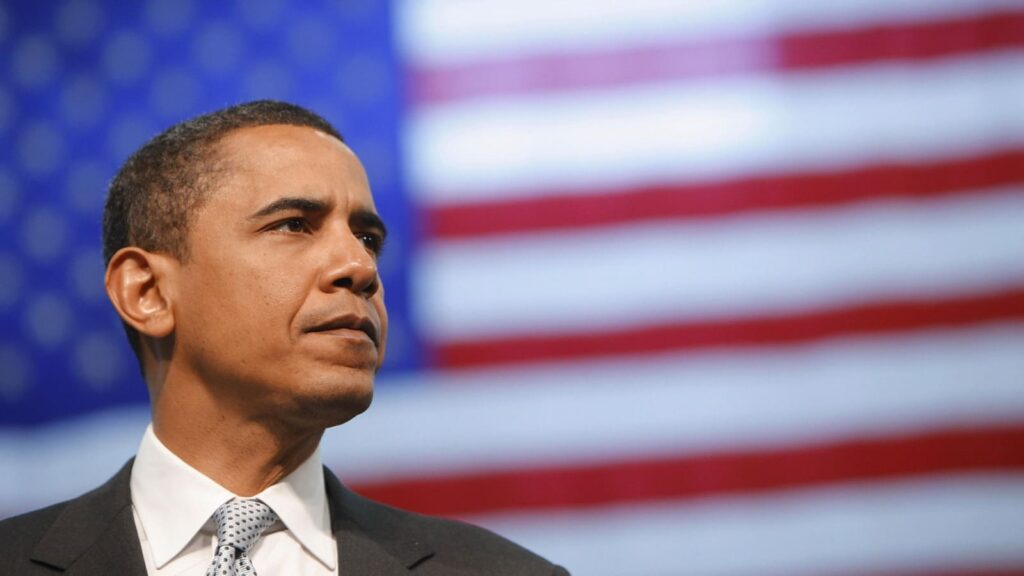Leveraging Social Media for Campaigning: Barack Obama’s 2008 presidential campaign
Barack Hussein Obama, the 44th president of the United States has widely been regarded as one of the greatest politicians globally. He is widely known for implementing welfare schemes such as Obamacare, which aimed to increase access to healthcare and improve health insurance coverage for millions of Americans, American Recovery and Reinvestment Act, a substantial economic stimulus package, which aimed to create jobs, invest in infrastructure, and support industries affected by the recession and Operation Neptune Spear, a covert operation by a team of United States Navy SEALs to kill Osama Bin Laden, one of the most dreaded terrorists of the world. While he is well-known for his welfare policies, not many know that he is one of the first politicians to use social media for his presidential campaign.
While Facebook and Twitter have been around since the late 90s and the early 2000s, their widespread use had begun only in the year 2004, and within a period of four years, had become popular among the youth as well. By the time Obama had announced his presidency, Facebook had clocked in a total of 100 million users globally.

Social Media strategies used by him that turned out in his favor include:
Embracing Social Media Early:
The Obama campaign was one of the first to fully embrace social media as a fundamental component of their strategy. They recognized the influence of platforms like Facebook, Twitter, and YouTube in connecting with younger demographics and cultivating an engaged community. By establishing a strong social media presence early in the campaign, Obama and his team gained a competitive advantage over their rivals.
Authenticity and Transparency:
Barack Obama’s social media strategy prioritized authenticity and transparency. His team crafted a relatable and personable online presence that resonated with voters. Obama himself regularly posted personal updates, shared behind-the-scenes glimpses, and responded to questions and comments from supporters. This approach humanized the candidate and fostered a sense of trust and connection.
Grassroots Mobilization:
Social media platforms were instrumental in mobilizing grassroots support for the Obama campaign. The team utilized platforms like Facebook to create local groups, coordinate volunteers, and organize events. This decentralized approach empowered supporters to take ownership of the campaign and encouraged them to actively engage with their local communities.
Engaging User-Generated Content:
The Obama campaign embraced user-generated content as a means to amplify their message and expand their reach. They encouraged supporters to share their own stories, create campaign-related content, and participate in online discussions. This user-generated content not only strengthened the campaign’s message but also deepened the sense of community and empowerment among supporters.
Innovative Fundraising:
The Obama campaign pioneered innovative fundraising techniques through social media. They leveraged platforms like MySpace and Facebook to solicit small donations from a large number of supporters. The “Friend-to-Friend” feature on their website allowed individuals to create personalized fundraising pages and share them with their networks, expanding the donor base exponentially.
Targeted Messaging and Data Analysis:
The Obama campaign utilized data analysis and targeted messaging to maximize the impact of its social media efforts. They employed sophisticated algorithms and voter databases to identify specific demographics, tailor their messaging, and allocate resources effectively. This data-driven approach ensured that their social media content reached the right audience at the right time.
Amplifying Grassroots Momentum:
As the campaign gained momentum, social media played a vital role in amplifying the groundswell of support. Obama’s team strategically used platforms like Twitter and YouTube to share significant moments, rally speeches, and endorsements, generating buzz and encouraging further engagement. This online buzz transcended the virtual sphere, spilling over into traditional media coverage and public discourse.
Barack Obama’s presidential campaign of 2008 showcased the transformative power of social media in political marketing. By leveraging platforms like Facebook, Twitter, and YouTube, the campaign effectively engaged supporters, built a strong grassroots movement, and ultimately secured victory. The Obama campaign’s social media strategies emphasized authenticity, grassroots mobilization, user-generated content, targeted messaging, and data analysis, setting a new standard for political campaigns in the digital age. The success of the campaign demonstrated the immense potential of social media as a powerful tool for political mobilization, community-building, and grassroots advocacy.

